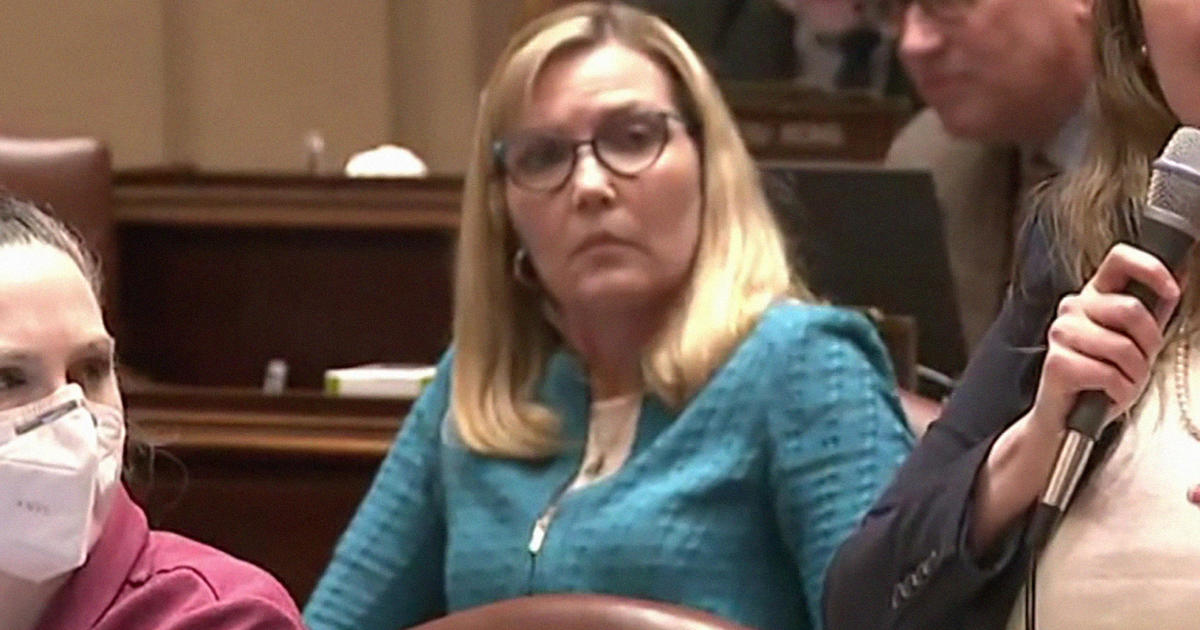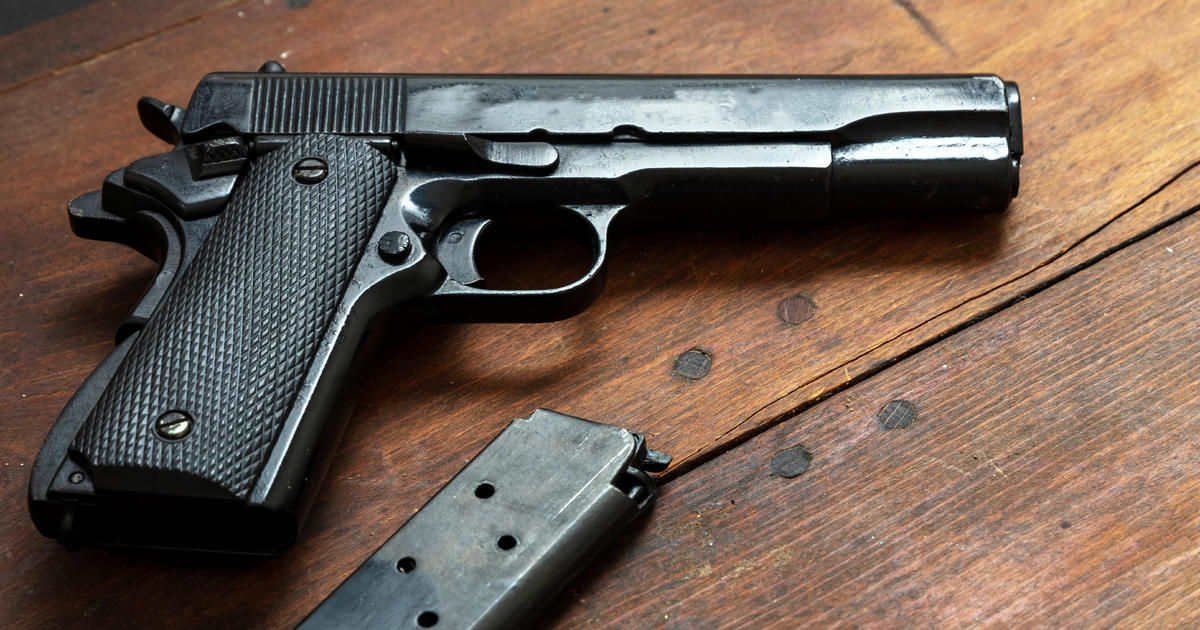Ask A Minnesota Expert: 5 Fun & Easy Science Projects To Do At Home
The Kitchen Pantry Scientist
Edina, MN
kitchenpantryscientist@earthlink.net
www.kitchenpantryscientist.com
Liz Heinecke is a popular local science communicator who is frequently seen on TV, including WCCO Mid-Morning, demonstrating cool experiments to try at home. She's an author as well, and her second book on kid-friendly science education, "Outdoor Science Lab for Kids," debuts spring 2016. As a mom to three children, she knows what it takes to keep young ones entertained. She also has an extensive science background to boot, with an M.S. in Bacteriology, 10 years of medical research under her belt and time logged as a microbiology instructor. Heinecke makes the perfect Minnesota expert to offer up these five fun and easy science projects to try at home.
Drop an ice cube in a glass of ice water and try to lift it up by placing a piece of cotton kitchen string on top of it and pulling. Next, dip the string in the water to wet it, lay it across the ice cube and sprinkle a generous amount of salt over the string sitting on the ice cube. Wait a few minutes and try to lift the cube using only the string again. If it doesn't work, give it another try.
What happened? Adding salt lowers the temperature at which ice can melt and water can freeze. In this experiment, salt makes the ice surrounding the string melt, taking heat from the surrounding water. The chilled water re-freezes around the string so you can lift the ice cube.
Cut the pointed end off of a coffee filter. Decorate it like a volcano cone and put it over a small, empty water bottle filled halfway with vinegar colored with food coloring. Place the volcano on a tray or plate and start the eruption by quickly pouring ¼ cup baking soda cone into the mouth of the bottle. (You can make a paper funnel to help you add the baking soda).
What happened? The volcano erupts when the baking soda combines with the vinegar to produce carbon dioxide gas, which is one of the gases spewed by real volcanoes.
Mix together around one cup cornstarch and ½ cup water in a medium-size bowl using a spoon or your fingers until it is the consistency of thick syrup. Remove some goo from the bowl and roll it into a ball. Let it drip between your fingers. Put the goo on a tray or cookie sheet and slap it with your hand. If the goo gets too dry, just add a little more water.
What happened? Most fluids and solids behave in expected ways when you push, pull, squeeze, pour or shake them, but some fluids, known as non-Newtonian fluids, don't follow the rules. Cornstarch goo is one of these Non-Newtonian fluids, called a shear-thickening fluid. When you apply stress to it or move it around quickly, the atoms in the cornstarch rearrange to make it act more like a solid, but when you just let it sit, it will drip like a liquid.
Chop a head of red cabbage into small pieces, add it to a pan with enough water to cover it completely and boil for 15 minutes. Strain out the cabbage and cool the juice, which is your magic potion. Pour about 1/4 cup of the cabbage juice into two clear glasses. Add one teaspoon of baking soda to one glass of cabbage juice. To the second cup, add three tablespoons of vinegar. Pour the cup of cabbage juice containing vinegar (pink) into the cup of cabbage juice containing baking soda (blue/green).
What happened? Pigments are molecules that give things color. The pigments in red cabbage juice change shape when they're exposed to an acid or base. This makes them absorb light differently and the potion changes color. Vinegar is acetic acid and turns the potion pink. Baking soda is a base, and turns the pigment in cabbage juice blue or green. When you mix the juice containing vinegar and the juice with baking soda together, a chemical reaction occurs and you make carbon dioxide gas bubbles.
Peel a hard-boiled egg and set it on the mouth of a glass juice bottle that is just smaller than the egg and verify that the egg can't easily be pushed into the bottle. Put two birthday candles in one end of the egg. Light the candles and turn the bottle upside down over the flame to warm the air inside. Continue to hold the bottle upside down and put the candle end of the egg up into the bottle so it forms a seal. Continue to hold the egg until the candle goes out and the egg is pushed up into the bottle by the outside air.
What happened? When the candle goes out, the air remaining in the bottle cools rapidly, decreasing the pressure in the bottle and creating a partial vacuum. The outside air, whose pressure is higher, pushes the egg into the bottle.
Related: Best Places To Do Arts & Crafts For The Whole Family In Minnesota



